The New EU Textiles Strategy: 15 Things You Need To Know
A contribution of Muchaneta ten Napel, Founding Editor-in-Chief FashNerd.com
The fashion industry produces 92 million tonnes of waste. It is also responsible for 10% of the world’s carbon emissions. The ugly truth is that the way that the fashion industry does business is making an unsustainable impact on natural resources and the environment at each stage of the supply chain.
So what can be done to minimise an industry-wide problem’s carbon and environmental footprints? Well, this is where the new EU Strategy for Sustainable and Circular Textiles comes into play.
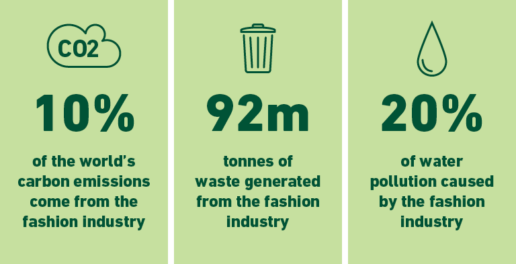

Is It Empowering the Green Transition?
More than just another set of rigid rules, the new EU textiles strategy is driven to address the need for businesses to take responsibility and act to minimise their carbon and environmental footprints. Proposed by the EU Commission, the plan has been set up to help the EU shift to a circular economy that can tackle fast fashion, textile waste and the destruction of unsold textiles. The strategy also aims to encourage businesses to participate actively in the co-creation process through their commitments to circularity and circular business models.
As part of the EU Green Deal, the strategy proposes to make sustainable products “the norm in the EU.” Pushing forward the idea that all production fully respects social rights, the plan also calls on companies to make textiles more durable, repairable, reusable and recyclable.
Bringing attention to a product’s lifecycle, the strategy focuses on design through to end-of-life. The agenda is to kickstart actions that ensure that by 2030 textile products placed on the EU market will be more eco-friendly and long-lasting.
With so much change promised, the Commission’s proposal of new rules can be complex for some to unpack. So here are ten things you need to know about the new EU Strategy for Sustainable and Circular Textiles.
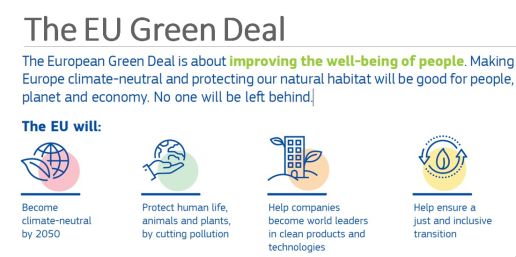
15 Things you need to know
- The new strategy is part of a much broader package, including as many as 16 new legislative actions and other policies that will directly impact the textile value chain.
- Create a model of thriving green and digital transition in manufacturing.
- The strategy will require manufacturers to give consumers more information on how to reuse, repair and recycle clothing.
- The goal is to phase out fast fashion and have more businesses commit to business models that allow for the reuse and repair of products to be widely available.
- In the textile sector, the strategy hopes producers will take responsibility for their products along the value chain, including when they become waste.
- Promoting the circular textiles ecosystem, the EU textiles strategy aims to support and accompany the textiles ecosystem throughout its transformative journey.
- By supporting innovative fibre-to-fibre recycling, the plan is to reduce, to a minimum, the incineration and landfilling of textile waste.
- Solutions and measures include more precise information, a Digital Product Passport and a mandatory EU extended producer responsibility scheme.
- The strategy highlights the need for accuracy regarding green claims by proposing new consumer rights and a ban on greenwashing.
- Reverse overproduction and overconsumption, and discourage the destruction of unsold or returned textiles.
- Propose mandatory Extended Producer Responsibility for textiles with eco- modulation of fees.
- Address the unintentional release of microplastics from synthetic textiles.
- Restrict the export of textile waste and promote sustainable textiles globally.
- Incentivise circular business models, including reuse and repair services.
- Adopt favourable taxation measures for the reuse and repair sector. Lastly, the new EU Strategy for Sustainable and Circular Textiles end game is to make the EU market more friendly to the environment, circular, and energy-efficient and bring balance back to global supply chains. So to conclude, yes, the EU textiles sustainability strategy is very ambitious, but this is why it is critical that it is implemented correctly.
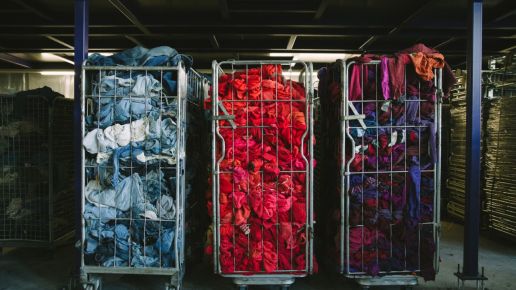
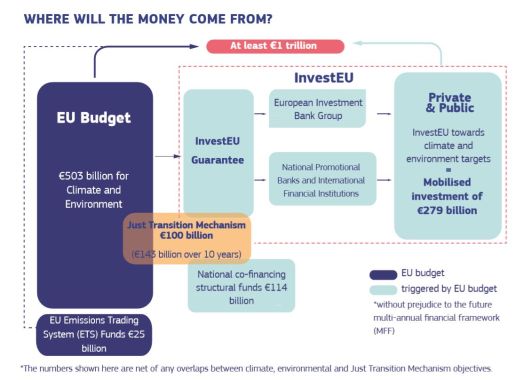
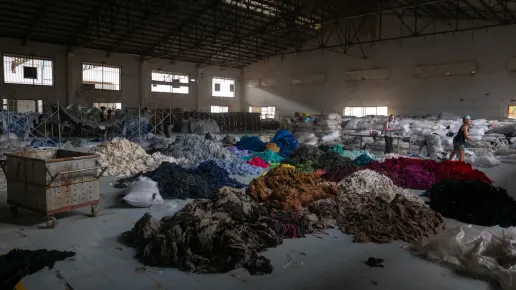
Are you interested in more in-depth facts and figures of the new textile economy?
Visit the FashNerd.com Lounge at H5 | 28 or join their mini lectures Keyhouse.

About the author
Founding editor-in-chief of FashNerd.com, Muchaneta has worked in the fashion industry for over 14 years. She is currently one of the leading influencers speaking and writing about the merger of fashion with technology and wearable technology.
Muchaneta ten Napel | editor@fashnerd.com
THIS MIGHT BE ALSO INTERESTING FOR YOU
The Power of Data: Understanding How Data Tackles Challenges in the Textile Industry
31. January 2025
Data might feel intimidating for the fashion and textile industry, but it holds the power to unlock transparency, boost efficiency, and spark innovation...
MUNICH FABRIC START & BLUEZONE – Essence of Innovative Design & Smart Strategies in Challenging Times
24. January 2025
FLORESCENCE describes the phase in which plants reach their full bloom and is used as a general metaphor for the process of blossoming.
Additionals Trends Spring.Summer 26 – Part 8
20. January 2025
Trims and packaging are branding items we shouldn’t take for granted – they are a signature that transforms the ordinary into the unforgettable.
SPRING.SUMMER 26 FABRIC HIGHLIGHTS & MATERIAL NOVELTIES – PART V
19. January 2025
Their philosophy,“Drawing art with threads, conveying emotions through embroidery,” ensures every product is not just visually stunning but also deeply meaningful.
The Source Collection’s News at MUNICH FABRIC START
19. January 2025
Neutral sand mélange and off-white jacquards set a sophisticated tone, while soft yarn jersey pieces bring effortless comfort.
Additionals Trends Spring.Summer 26 – Part 7
18. January 2025
Whether haptic or visual - it's all about contrasts, which in combination provide impulses and demand new ways of thinking. Perfect for brands that want to make bold statements!
Kantamanto Social Club
17. January 2025
The mission of Kantamanto Social Club is clear: to empower communities in the Global South. It aims to shine a spotlight on communities, particularly those whose circular and regenerative practices have been undervalued for too long.
Curiosity, Courage and Craftmanship
17. January 2025
The projects I selected this season challenge us to rethink everything from raw materials to end products and production processes, whilst emphasising on sustainability as an ongoing dialogue.
Cartoon – Fashion for courage, joie de vivre and self-realisation
16. January 2025
Welcome to Cartoon - your invitation to a life full of courage, joie de vivre and self-realisation!
The Source Collection’s News: EAST
16. January 2025
Fashion is not only about following trends, but also about expressing your creativity and personality.











